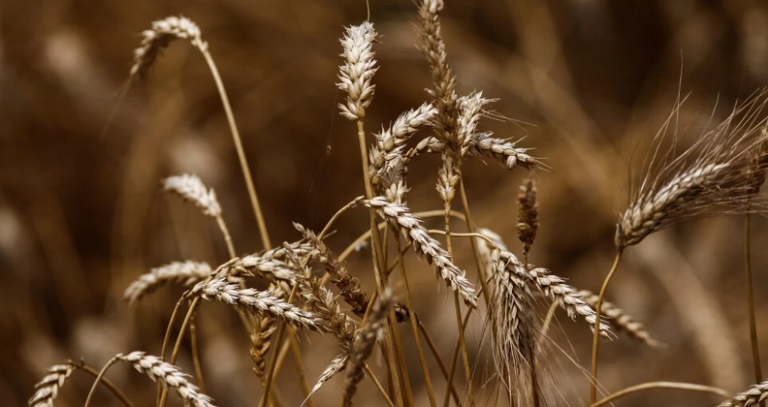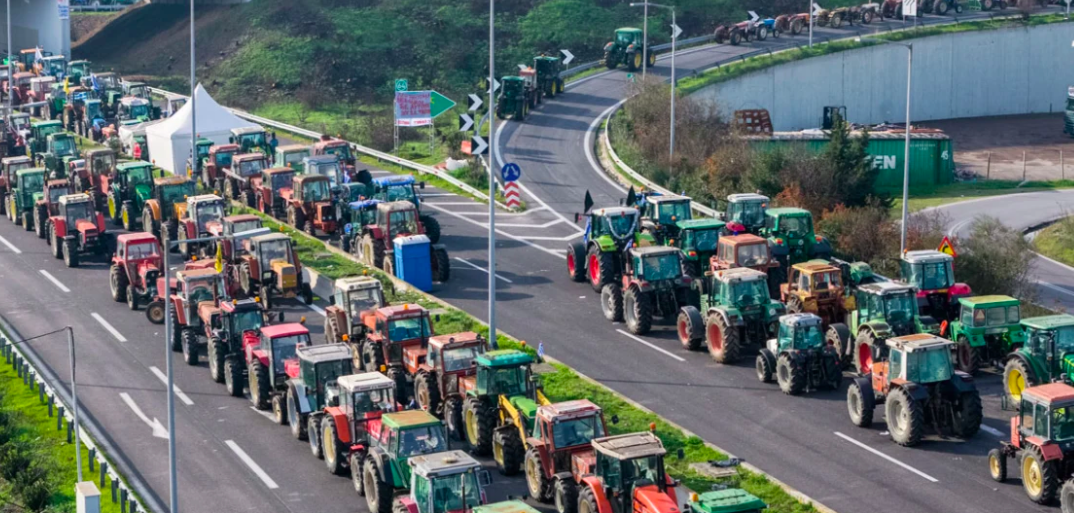Somalia’s inflation is expected to surge past 10% unless the country gets good rains over the next two months to help ease pressure on food prices after losing wheat supplies from Ukraine, according to a top official at its central bank.
Inflation picked up significantly “due to continued lower food production, but this time wheat, which is mostly sourced from Ukraine and flour which is sourced from Turkey have become scarce, pushing prices even higher,” Abdilahi Ali, executive director for Monetary, Financial and Regulatory Policy, said in an emailed response to questions.
The Horn of Africa nation is experiencing its worst drought in four decades, with an estimated 7.7 million people in need of food aid. An Islamist insurgency that’s disrupted production and the war in Ukraine has exacerbated shortages — the country relies on Russia and Ukraine for more than 90% of its wheat imports.
The cost of wheat and flour has climbed, while that for gas used for cooking has doubled in recent months, Ali said. Inflation was at 6.1% in March, national statistics agency data show. The last time it was higher than 10% was in 2006.
Amazon invests in robots to work alongside humans
Also, the country’s “unsustainable” trade deficit is likely to widen further as importers struggle to find alternative markets to import basic goods such as wheat, he said.
The crisis has opened the door for militant group al-Shabaab to bolster its numbers and comes as lawmakers are due to elect a new president in a vote already delayed a year.
“We are hoping for an above-average rainy season which is expected from now until the end of June so that, at least by the end of the year, domestic food production can act as a substitute or at least complement lower-than-expected food imports,” Ali said. “If these two do not happen, then double-digit inflation is likely, which is something not seen in Somalia for a long time.”
Source: Bloomberg
Ask me anything
Explore related questions





